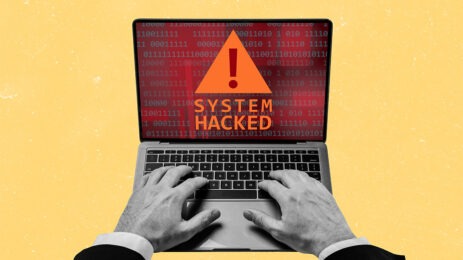The COVID-19 pandemic’s fallout has been felt around the world, but business demands require many organizations continue with as normal of operations as possible.
That often means holding meetings and events to engage your employees, customers and partners. Because of travel restrictions and teams working remotely, many organizations have converted in-person events to live webcasting and video streams as part of their approach to sustain operations and maintain progress.
Based on our data, we anticipate a majority of internal (town halls, sales conferences) and external meetings will at least partially be virtual for at least the next six months. Since the outbreak, we’ve seen a 320 percent increase in demand for virtual events.
Virtual events are a powerful means to interact with audiences in organizations with many benefits, including the ability to host a larger audience than their venue for an in-person event might allow.
As the world shifts to this new approach, some critical lessons remain for businesses taking their events online. To help, here are a few best practices.
1. Be clear and concise
Because people are working from home, they may be juggling various obligations, including educating and caring for their children during work hours. Be clear and concise about expectations—even more so than for an in-person meeting. And, be sure to use video if you can to keep people engaged. It’s highly suggested you pre-record sessions to make sure the content is sharp, relevant and engaging.
2. Be personal
Just like an in-person meeting, success is often the result of a connection between participants. Engage people on a personal level. Don’t limit a virtual meeting to business; host a live virtual happy hour and invite your pets or share a video of your meeting location to increase human interaction and make sure you’re connecting with your audience.
3. Practice makes perfect
For organizations that have never produced a virtual meeting, the process takes more than plugging in a camera and hoping for the best. For example, it requires distributing an agenda, pre-reading materials and expectations in advance of any meeting. Keep in mind there will be a whole audience who’s experiencing this type of communication for the first time. Be sure to test everything in advance to make sure the actual event goes off without a hitch.
4. Stay safe
There has been an ongoing discussion surrounding the potential security concerns of virtual events. Organizations wouldn’t let just anybody attend their sales meeting, and they shouldn’t expect it to happen with an online event. Security concerns can be mitigated with a proven approach, including password-protected access for pre-recorded presentations and live meetings.
5. Make post-event follow-up a priority
Virtual events can provide rich insights that in-person events cannot. After an event wraps, drill down into the analytics to understand engagement levels. Gain even more feedback by conducting a post-event survey immediately after the meeting by prompting users to complete a questionnaire, an approach that will help improve your survey response rate too.
Ultimately, the shift to virtual meetings has been occurring more frequently prior to the pandemic. Many organizations come to the realization that if they haven’t already, streaming video is an effective way to reach large groups quickly, safely and cost-effectively.
Collaboration and productivity is a state of mind, not a physical location.
Mark Roberts serves as PGi’s CMO and is responsible for all marketing operations worldwide. A proven marketing leader, he has more than 25 years of experience in the technology industry building brands, driving demand and transforming high-tech companies.





